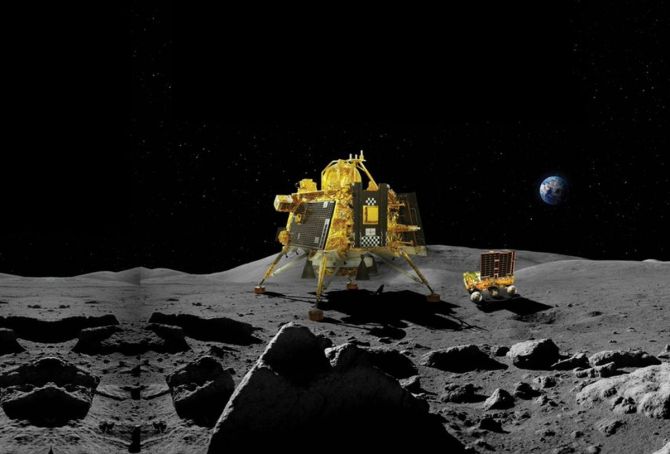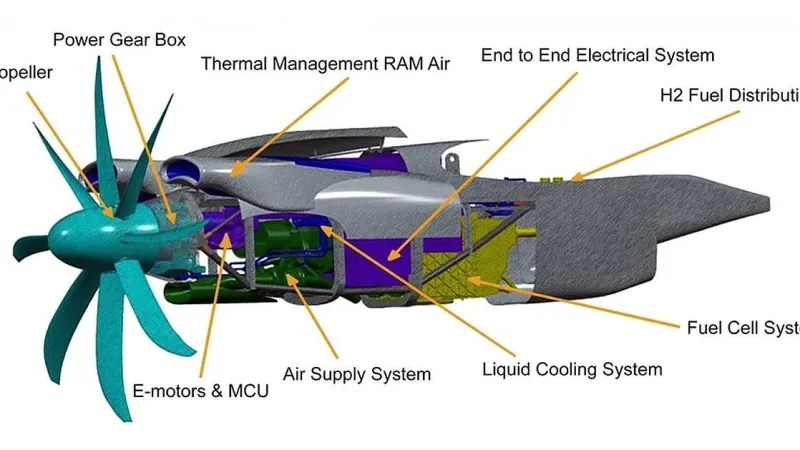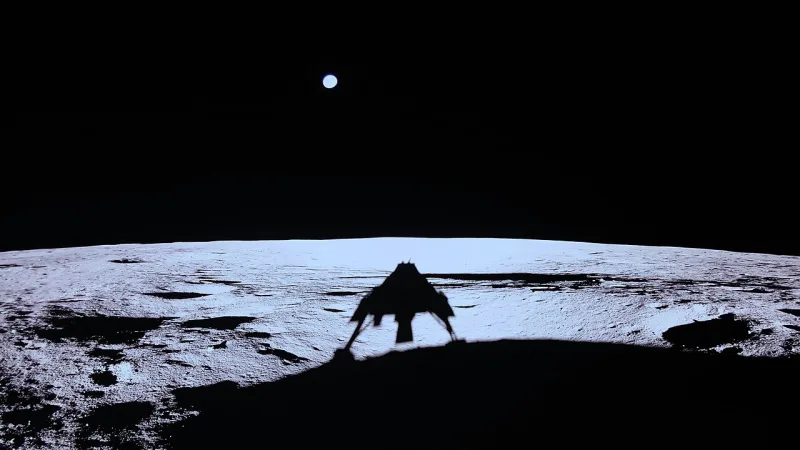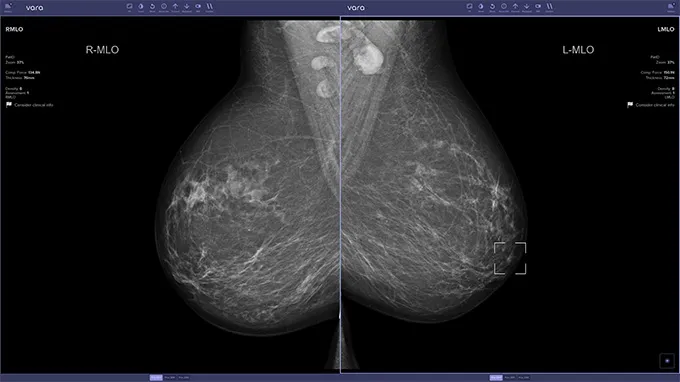India made History with Successful Moon Landing

On August 23, the Indian Space Research Organization (ISRO) achieved a significant milestone with the successful landing of the Chandrayaan-3 mission on the moon. This accomplishment places India as the fourth country to achieve a lunar landing and the first to do so at the lunar south pole, while previous missions have targeted the moon’s equator. The next objective for scientists is to deploy a rover that can capture and transmit images and data back to Earth.
Prime Minister Narendra Modi emphasized that India’s achievements in the moon mission are not limited to India alone. He described the mission as having a “human-centric” approach and stated that its success belongs to all of humanity.
Recent Space Exploration Highlights and Challenges
This week has been notable for space exploration, despite the unfortunate crash of Russia’s lunar spacecraft on Sunday. The first successful soft landings on the moon were accomplished by the Soviet Union and the United States during the 1960s, at the height of the Space Race. However, achieving a lunar landing is an exceedingly difficult task. Since then, China has been the only country to join Russia and the US in this endeavor.
Dave Williams, a planetary scientist at NASA’s Goddard Space Flight Center, explained the challenging nature of lunar landings. Few countries have managed to perform successful landings due to the complexity and precise execution required. The absence of an atmosphere on the moon necessitates a controlled descent using rockets to slow the spacecraft’s descent. The propulsion must be accurately stopped to prevent the craft from bouncing off the lunar surface. Additionally, spacecraft must navigate the moon’s rugged terrain independently, as there are no oceans or cities to guide them. Communication delays between the moon and Earth necessitate pre-programming landers to ensure a safe landing.
From Chandrayaan-1 to Chandrayaan-3
This is not India’s first foray into lunar exploration. The country’s lunar program began in 2008 with the Chandrayaan-1 mission, which consisted of a lunar orbiter and an impactor. Chandrayaan-1 played a crucial role in generating public interest in space science and inspiring many students, including University of Florida astronomer Pranav Satheesh, to pursue careers in the field.
In 2019, India attempted a soft landing with the Chandrayaan-2 mission. Unfortunately, the lander, named Vikram after physicist Vikram Sarabhai, encountered issues in the final stages of descent and crashed into the lunar surface. However, the Chandrayaan-2 orbiter remained operational, continuing to collect valuable data to support future lunar landing attempts.
The progress of Chandrayaan-3 has been on track thus far. Excitement surrounding this mission is evident in Indian news media, WhatsApp conversations, and everyday discussions. The lander entered lunar orbit on August 5, detached from its propulsion system on August 17, and even captured preliminary images of the moon on August 18. The most critical and perilous stage of the landing, known as the fine braking phase, lies ahead. During this phase, the lander must completely nullify its velocity and hover about a kilometer above the lunar surface. Within a 12-second timeframe, it must determine if it is positioned correctly for touchdown.
Manufacturing, Gravity, and the Scientific Promise of Chandrayaan-3
Comparing the failures of Russia’s Luna-25 probe, which encountered issues early in its journey, highlights the importance of manufacturing quality and rigorous testing. The Indian lander aimed to touch down at a speed of just 4 miles per hour, highlighting the delicate nature of the task. The moon’s gravity, despite being one-sixth that of Earth’s, remains strong enough to destroy a spacecraft that fails to slow down adequately.
The scientific investigations ahead are highly anticipated. Chandrayaan-3 sets itself apart from previous landers by targeting the moon’s south pole, where scientists believe water deposits may be present. Water is a crucial resource for future space exploration, serving as drinking water for astronauts and potential rocket fuel. The lander, named Vikram, carries a small rover called Pragyan, weighing about 50 pounds, which will explore the lunar surface for approximately two weeks. Equipped with two spectrometers, Pragyan can analyze the composition of rocks and soil, providing valuable insights into this unexplored region of the moon.
Moon’s Southern Frontier
The lunar southlands are also a focal point for NASA’s Artemis program, which aims to facilitate semi-permanent human habitation on the moon. India signed the Artemis Accords in June 2023, joining other countries in cooperation for space exploration. Japan, another signatory, plans to collaborate with India to drill into the lunar south pole in search of additional water resources. India’s successful landing on the moon will greatly contribute to sustaining the global momentum for a return to lunar exploration.
As more nations aspire to achieve lunar landings, the lessons learned from both successes and failures will enhance future attempts. Each endeavor brings us closer to further unlocking the mysteries of the moon.






